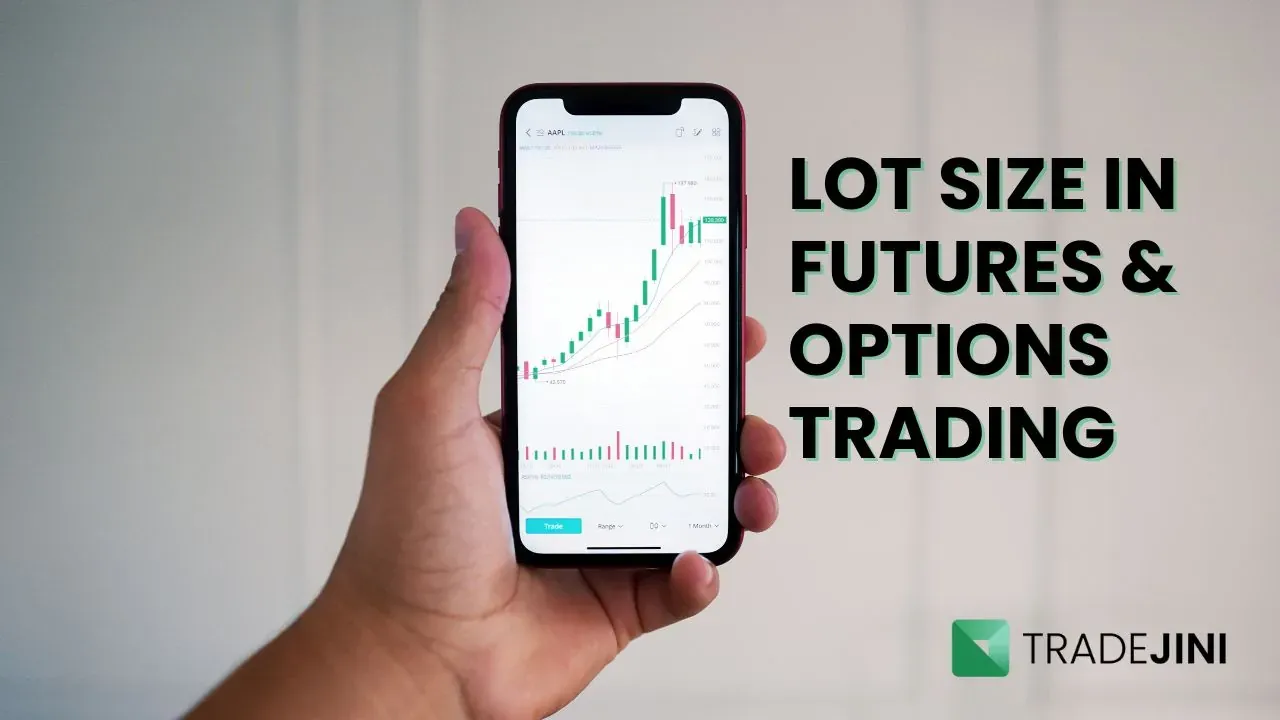Power Of Compounding
The Power of Compounding: How It Works and Why It Matters
Compounding is a financial superpower that transforms small investments into significant wealth over time. Simply put, compounding occurs when your returns generate additional returns, amplifying the growth of your initial investment. Let’s break it down in simple terms with practical examples.
What Is Compounding?
Compounding refers to reinvesting your earnings (interest, dividends, or gains) to generate even more returns. Over time, this creates a snowball effect, where your initial investment grows exponentially.
Formula for Compounding:
[ A = P \times (1 + r)^n ]
Where:
- A = Future Value of Investment
- P = Principal Amount (Initial Investment)
- r = Annual Rate of Return
- n = Number of Years
Compounding in Action: A Simple Example
Imagine you invest Rs. 1,00,000 in a fixed deposit offering an 8% annual return. If you reinvest the returns, your money will grow as follows:
- Year 1: Rs. 1,00,000 earns 8% → Rs. 1,08,000
- Year 2: Rs. 1,08,000 earns 8% → Rs. 1,16,640
- Year 3: Rs. 1,16,640 earns 8% → Rs. 1,25,970
- Year 4: Rs. 1,25,970 earns 8% → Rs. 1,36,050
- Year 5: Rs. 1,36,050 earns 8% → Rs. 1,46,930
If this process continues for 10 years, the initial Rs. 1,00,000 grows to approximately Rs. 2,15,892.
Compounding with Higher Returns: The Stock Market
Let’s explore the stock market, which historically provides an average annual return of 12%.
- Year 1: Rs. 1,00,000 earns 12% → Rs. 1,12,000
- Year 2: Rs. 1,12,000 earns 12% → Rs. 1,25,440
- Year 3: Rs. 1,25,440 earns 12% → Rs. 1,40,493
- Year 4: Rs. 1,40,493 earns 12% → Rs. 1,57,352
- Year 5: Rs. 1,57,352 earns 12% → Rs. 1,76,797
By Year 15, the same investment grows to Rs. 5.5 lakh, and by Year 30, it grows to an astounding Rs. 29.9 lakh.
The Magic of Time
Time is the secret ingredient that makes compounding work wonders. Here’s why:
- Short-Term Impact: Compounding generates modest additional returns in the initial years.
- Long-Term Impact: Over decades, the growth accelerates exponentially, as shown in the chart below:
Key Takeaways
- Start Early: The earlier you invest, the longer your money has to compound, resulting in greater wealth.
- Reinvest Earnings: Always reinvest your returns to maximize growth.
- Be Patient: Compounding works best over long periods. Stay invested and avoid frequent withdrawals.
- Regular Investments: Add to your investments regularly for even higher returns.
Compounding in Real-Life Investments
Imagine you invest Rs. 1 lakh today and let it compound at 12% annually for 30 years. Without adding a single rupee, your investment grows to nearly Rs. 30 lakh. Now imagine if you contributed more each year – the result would run into crores.
Conclusion
Compounding is often called “the eighth wonder of the world,” and for good reason. It’s a simple yet powerful concept that turns small investments into life-changing wealth over time. By starting early, reinvesting earnings, and staying committed, you can harness the full potential of compounding.
As Albert Einstein said, “Compound interest is the most powerful force in the universe.” Now that you understand this force, use it wisely and watch your wealth grow.
Learn more about smart investing at Tradejini.
_11zon.webp?alt=media&token=bd974821-aee4-43a5-b467-01d1a67a570b)
_20_11zon.webp?alt=media&token=6659b2e6-927e-42de-8375-e227e579f556)
_11zon.webp?alt=media&token=a8f3f55c-dc70-4d42-844e-6874ceff69ce)
_11zon.webp?alt=media&token=a05d2324-cace-44ed-a35f-50f9e63be9c3)
_11zon.webp?alt=media&token=14cd8f87-8add-49ce-84f1-ca07a0c52b0c)



